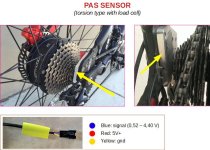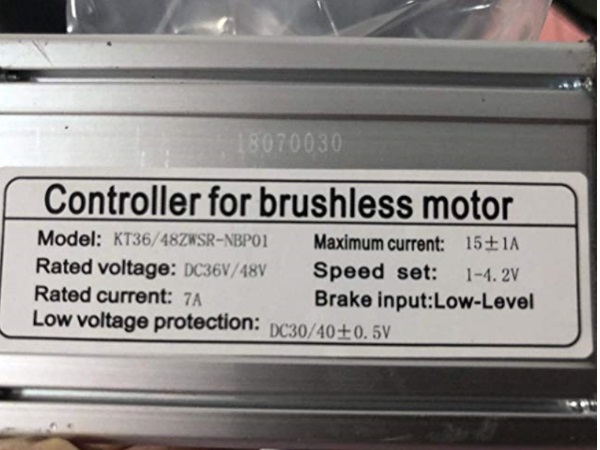albe3
1 mW
- Joined
- Jun 23, 2021
- Messages
- 12
Hi everyone, I am a new member and I apologize immediately for my poor English.
I’m looking for an e-bike controller (for 350W rear hub motor) that recognizes a rear dropout sensor with load cell (similar to TMM4) which has a variable output voltage from 0.52 to 4.4 volts (empirically measured with a voltmeter).

I saw in the forum that KT (Kunteng) controllers can be programmed for torque sensors using OSEC from GitHub.com.
Can anyone help me to know if:
1. Can KT controllers fit in my case?
2. Are there other controllers that can work?
Many thanks for your help
p.s. I have already excluded Greentech's Cycle Analist because it is too bulky for my bike ....
I’m looking for an e-bike controller (for 350W rear hub motor) that recognizes a rear dropout sensor with load cell (similar to TMM4) which has a variable output voltage from 0.52 to 4.4 volts (empirically measured with a voltmeter).

I saw in the forum that KT (Kunteng) controllers can be programmed for torque sensors using OSEC from GitHub.com.
Can anyone help me to know if:
1. Can KT controllers fit in my case?
2. Are there other controllers that can work?
Many thanks for your help
p.s. I have already excluded Greentech's Cycle Analist because it is too bulky for my bike ....


